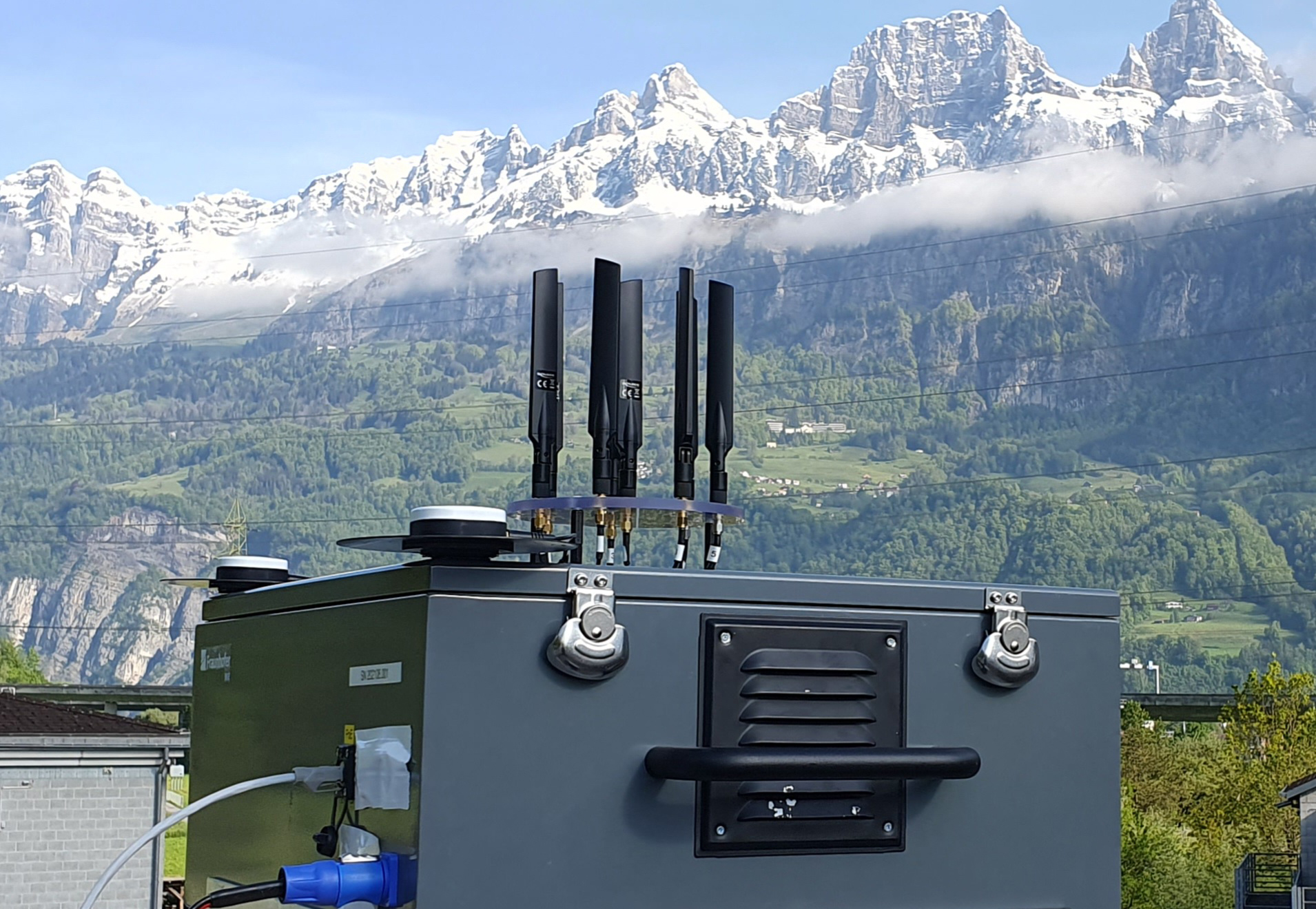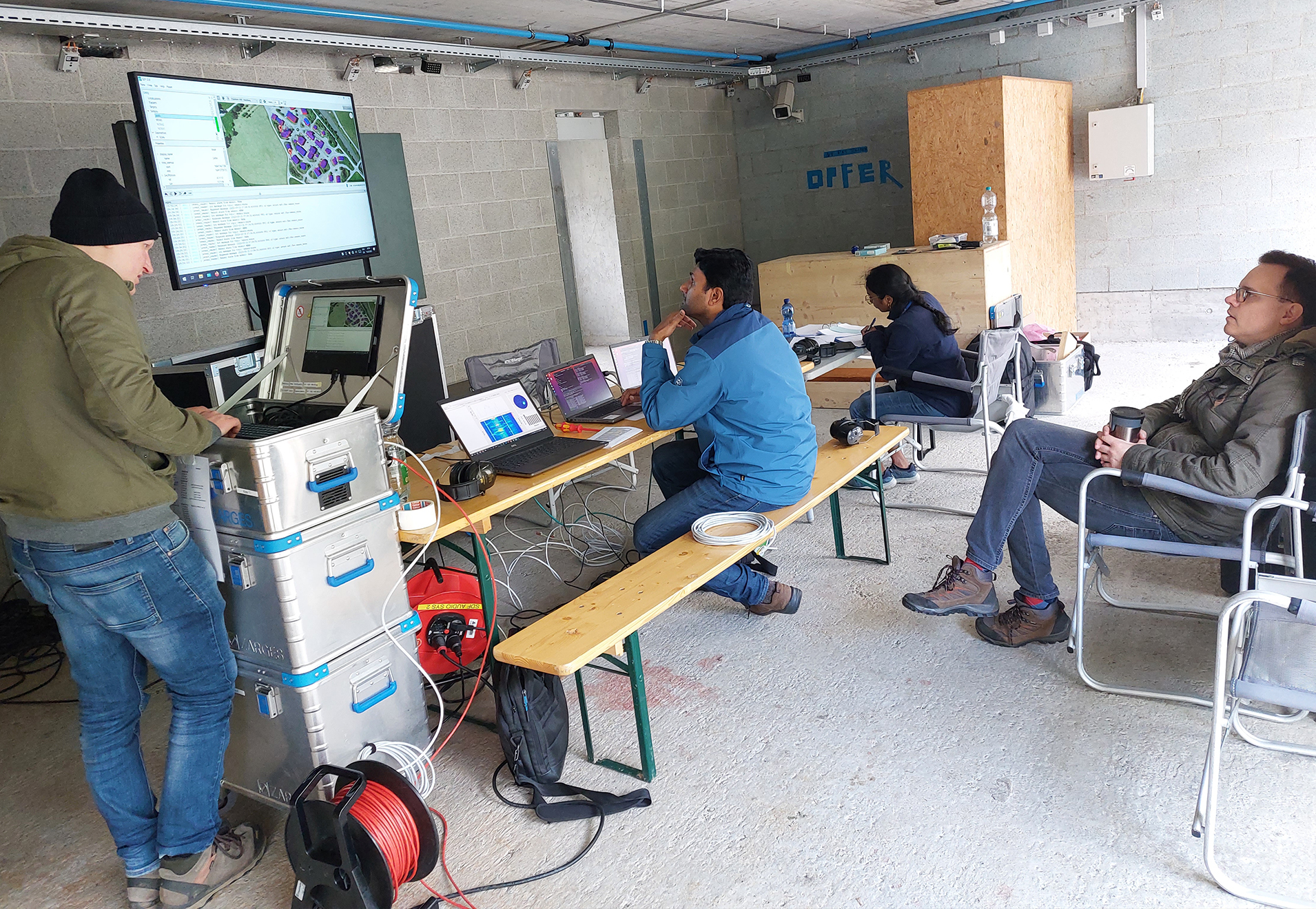Threats in urban environments: Innovative reconnaissance technologies put to the test in international military exercises
The Ukraine conflict confirms that wars are also fought in urban environments. Russia is mainly aiming its attacks at the neighboring country’s large city centers. Reliable, technology-supported reconnaissance is a key factor in gaining the upper hand here. Sensors are an important resource for this. Researchers at the Fraunhofer institute for Communication, Information Processing and Ergonomics FKIE are looking into the ways that the systems can provide support with recognizing, classifying and pinpointing gunshots and drones, as well as important information to get an overview of the situation. At a multinational experiment conducted in Switzerland, the scientists had a week-long opportunity to put their latest research to the test in realistic attack scenarios.
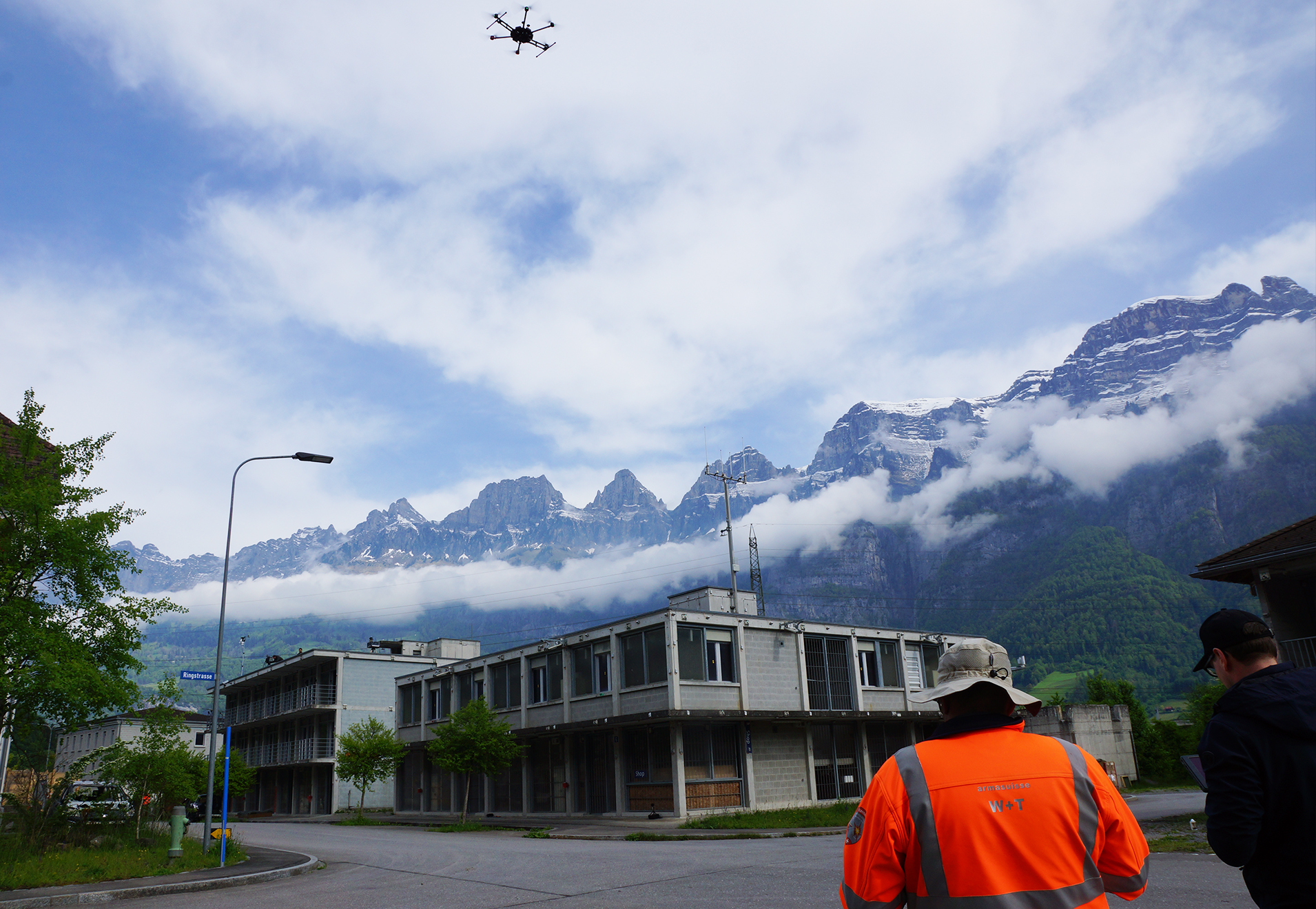
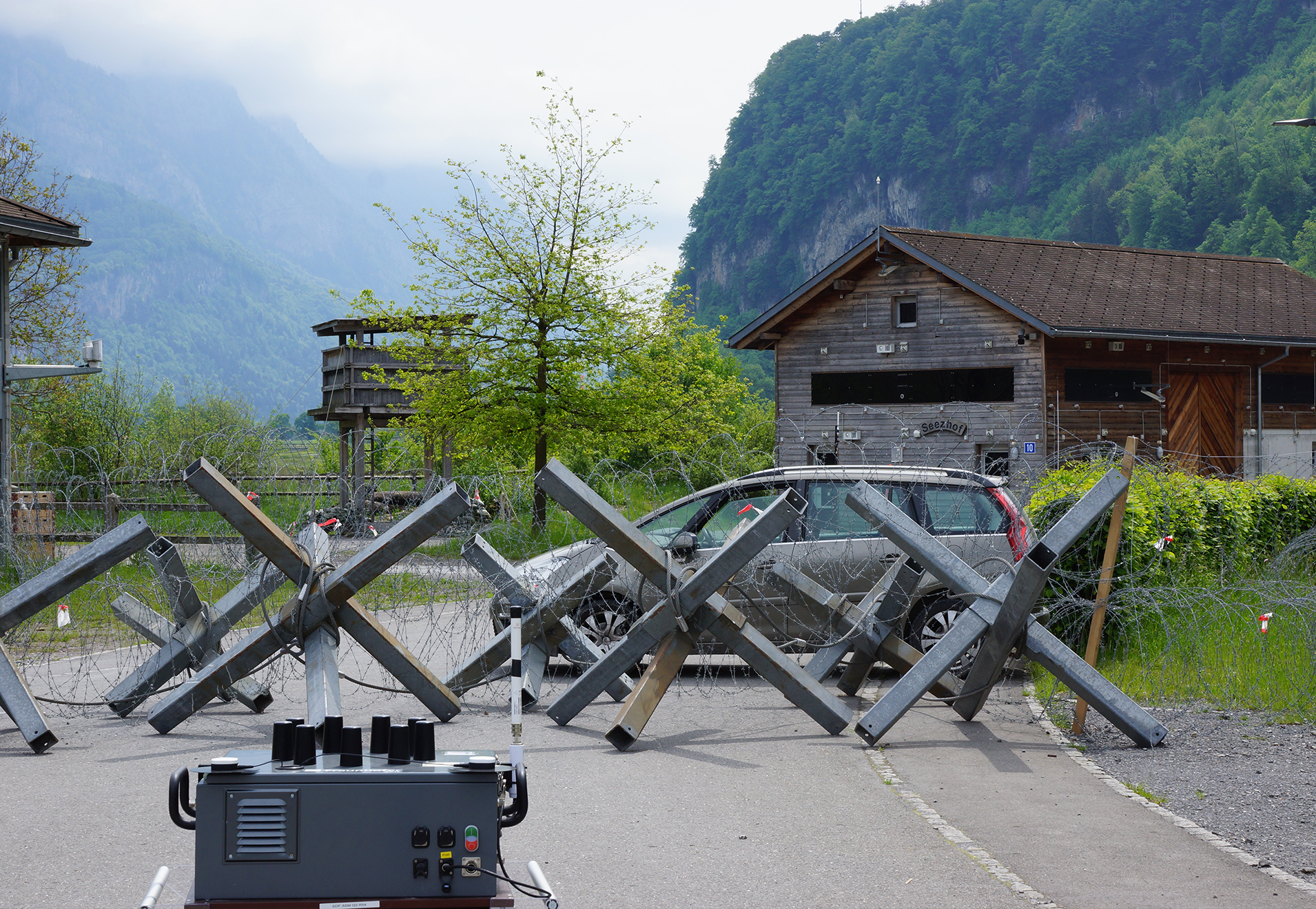
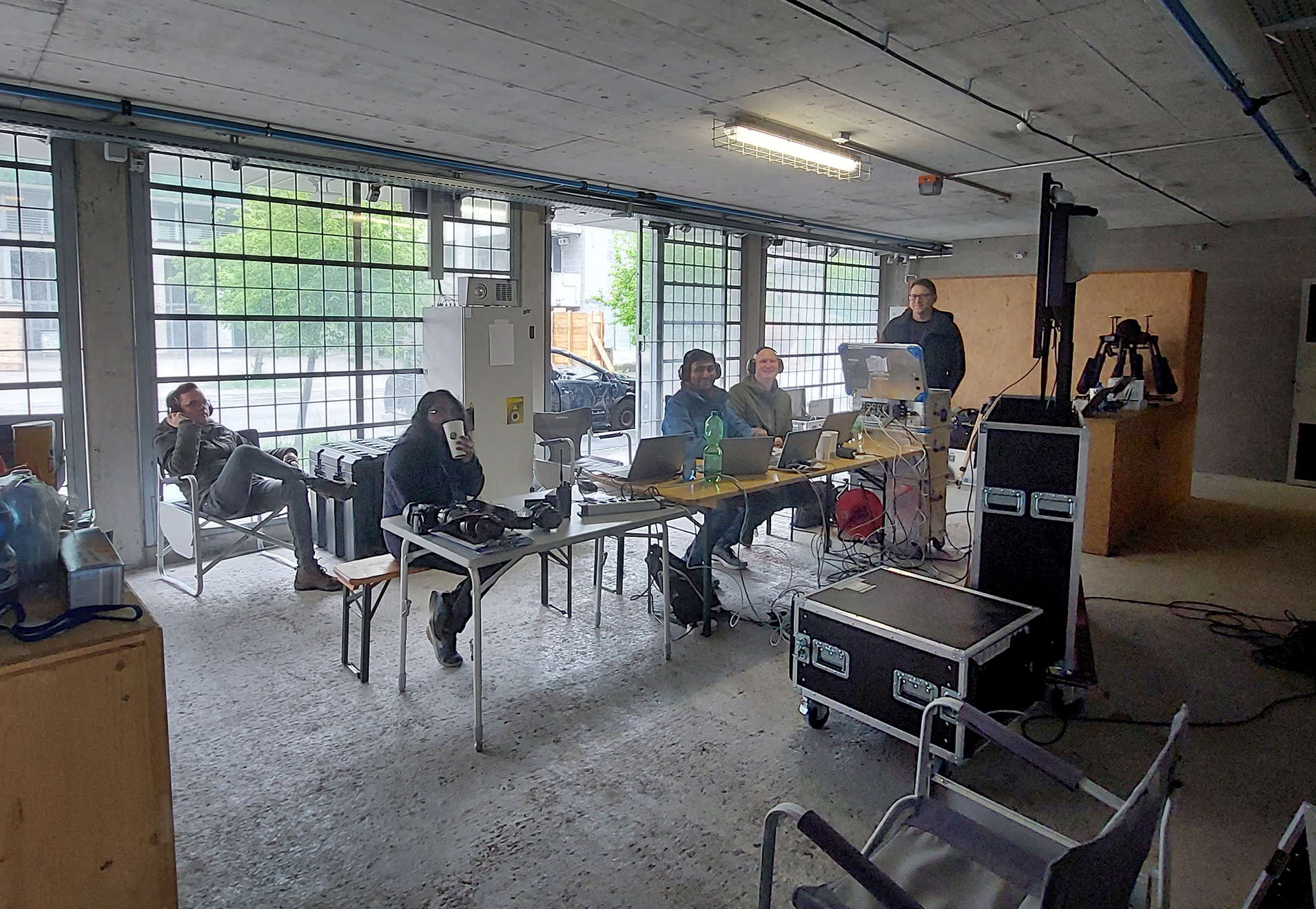
The exercise took place at the invitation of the Swiss Federal Office for Defence Procurement (armasuisse) in Walenstadt in the south of the Canton of St. Gallen as part of the NATO SET-286 research group “Acoustic and Seismic Sensing of Threats in Urban Environments” collaboration. As well as Switzerland, which is not a member of NATO but is part of the “Partnership for Peace (PfP),” and Germany, represented by Fraunhofer FKIE and supported by the German Armed Forces Technical Center for Weapons and Ammunition (WTD 91), research teams from the NATO member states of the US, France, Hungary and the Czech Republic were all in attendance.
Using sensors for a better overview of the situation
“Urban environments pose a great challenge for detection, reconnaissance and situational awareness,” explains FKIE research group leader, Dr. Marc Oispuu. “The aim of the NATO SET-286 research group is to develop and test innovative technologies that detect dangers in this environment. The focus is on acoustic and seismic sensors. This is because signals, like those emitted by gunshots, explosions or ground and air vehicles, can be recorded using these sensors without seeing them.” The data detected can ultimately be entered into a surveillance system and used to provide key support when making decisions.
Conducting exercises with the highest level of security
“Äuli,” a model city in the Walenstadt military training area containing realistic reproductions of houses, gas stations and supermarkets, provides the ideal setting for one of the largest exercises carried out in terms of the degree of organization and security required. The research team’s task was to use the variety of sensor technology located strategically around the model city to detect and classify around 2,000 shots and localize the shooters — from a total of eight types of weapons, rifles and handguns, with and without silencers, indoors, outdoors and from house to house — as well as explosions in bunkers and the surrounding area, attacking drones and approaching military vehicles. To make this as realistic as possible, a range of different resources were used in the exercise scenarios.
Valuable data set for research
“As researchers, we do not get many opportunities like this,” concludes Oispuu. “We were able to bring back 3.4 terabytes of data. Such a high-scale, diverse and well-documented data set is immensely valuable when it comes to continuing our research, so we can use this to make a real start on our work. The data were analyzed before being shared and compared with that of other nations. This increased the data set many times over as a result.” In the fall of 2024, Oispuu and his team plan to put the results they compiled to the test once more in a measurement campaign at the Lehnin military training area in Brandenburg.
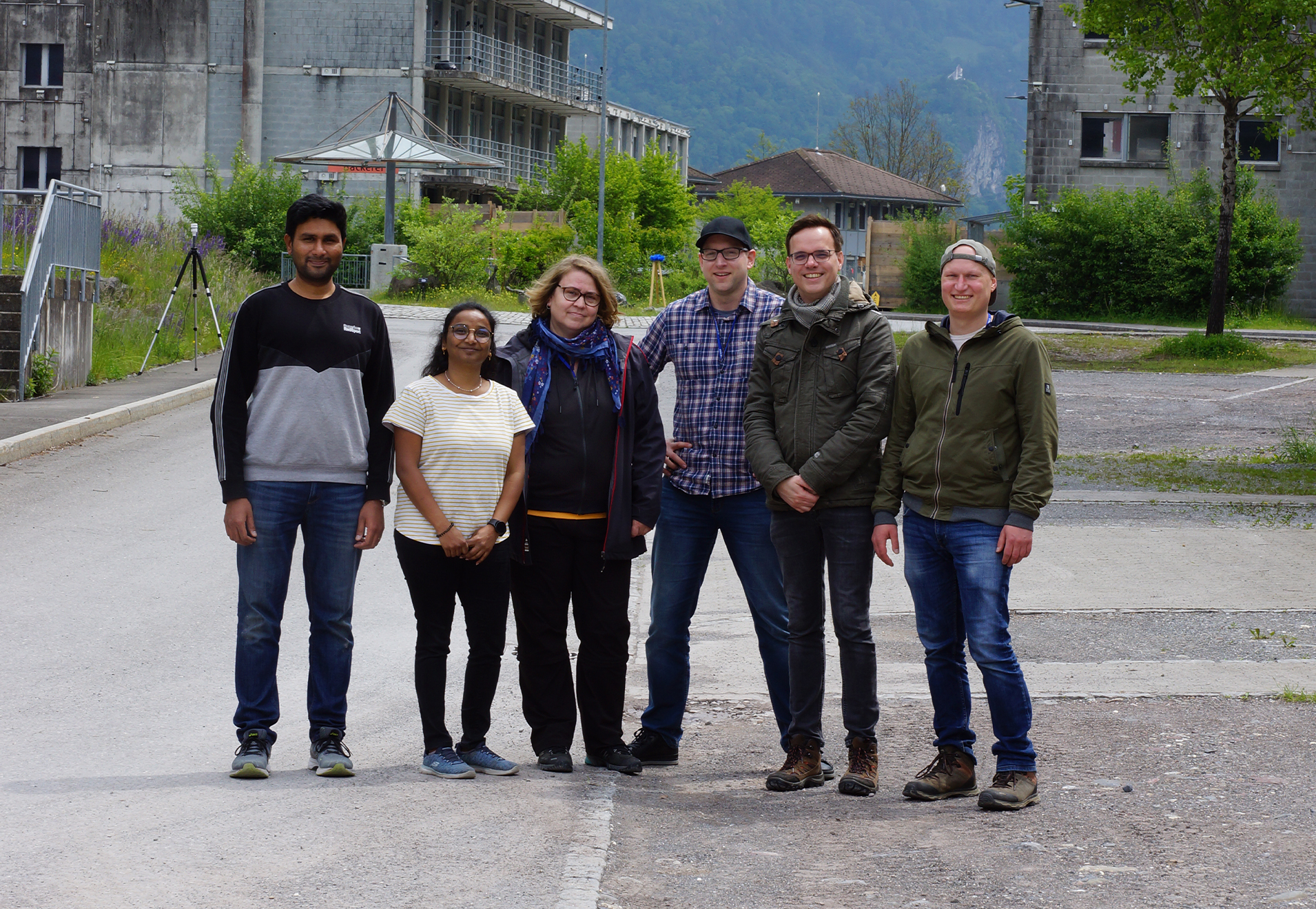
Related Links:
- armasuisse Press release, May 23, 2023: "Aufklärungstechnologien: armasuisse organisiert in Zusammenarbeit mit der NATO ein internationales Forschungsexperiment in Walenstadt"
- armasuisse video: "Schützenlokalisierung in Walenstadt mit dem Versuchsfahrzeug Varia" (YouTube)
- NATO STO press release, May 23, 2023: "NATO research team explores methods for detecting threats in urban environments"

